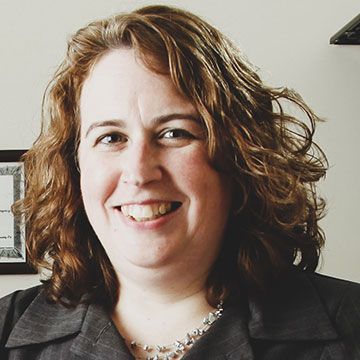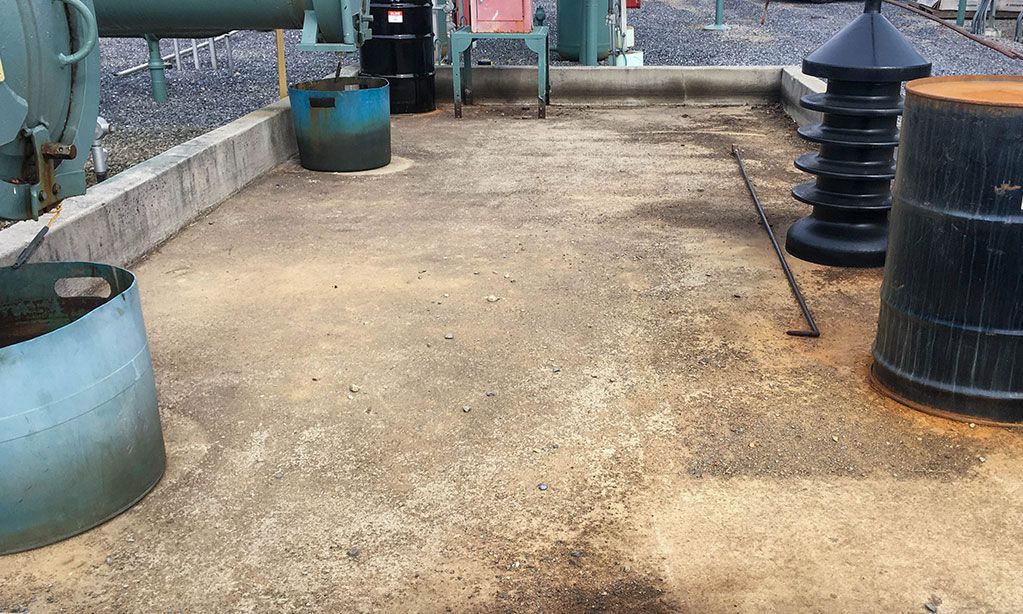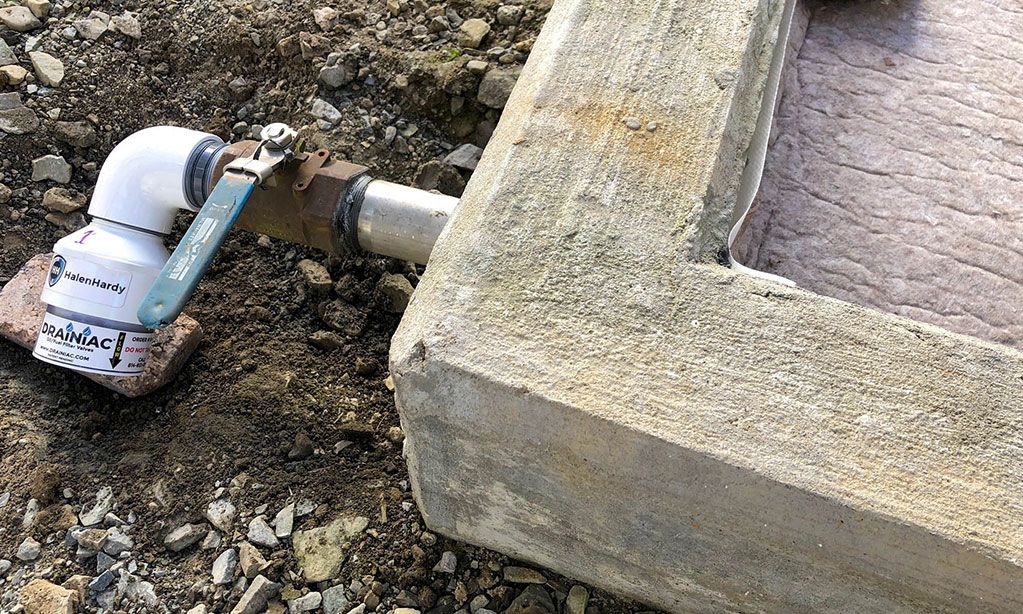

Spill Control and Secondary Containment Requirements
Drums, totes and tanks are common examples of primary containers that are designed and constructed to hold liquids. When these containers are maintained and in good condition, they provide adequate protection for the liquids stored inside them. They also prevent the liquids from spilling and creating environmental or safety hazards.
Natural disasters, changes in temperature, vandalism, improper maintenance, rough handling or operator mishaps can all cause containers and tanks to fail. If a spill from a bulk storage container could pollute the environment, the EPA requires it to have secondary containment.
Secondary containment systems can take several different forms and have different capacities, based upon what’s being stored. What all systems share is their ability to corral a spill to prevent it from leaving a predefined area.

Secondary Containment Best Practices
Whether indoors or out, all secondary containment systems need to be inspected on a regular basis to ensure that nothing has spilled. Typically, weekly inspections are required, but some may need to be inspected more often.
Many facilities establish the best practices of checking secondary containment systems daily. Unmanned facilities with outdoor secondary containment systems often establish the best practice of inspecting their systems after each storm event. Frequencies for inspections should be detailed in the facility’s Stormwater Pollution Prevention Plans (SWPPPs) or Spill Control and Countermeasures (SPCC) Plans.
If a spill is discovered, it must be removed “in a timely manner” according to the EPA. Rainwater that has accumulated in a secondary containment system must also be removed – but it must be tested for contaminants before it can be discharged. This ensures that hazardous pollutants, which may not always be visible, are not discharged with the accumulated stormwater.
Automate Secondary Containment Drainage with Passive Oil-Water Separators
Facilities storing oil and petroleum products outdoors often install filter valves on their secondary containment system discharge valves to allow rainwater to flow out of the system while capturing trace hydrocarbons. This prevents water from accumulating in the sump. In the event of a spill, the filter valve closes to prevent oil from being discharged.

Avoid EPA Fines and Violations
Although secondary containment systems have a lot of variations, their goal is to prevent spills from being discharged. Routine inspections and fast response to spills when they occur prevent pollution and help facilities to avoid costly violations and fines.
Shop Secondary Containment Solutions
Related Articles
Subscribe for Updates:
Sign up here to get the latest news, rules, and regulations and delivered right to your inbox.